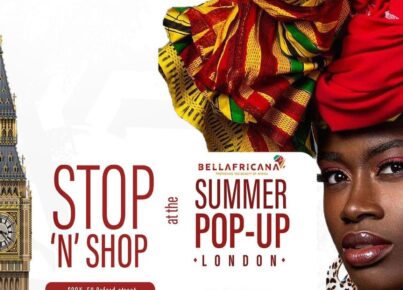[dropcap custom_class=”normal”]The recognized capital of Gonja cloth making is Daboya, one of the oldest settlements in Ghana. Gonja cloth is made with cotton cloth strips of about four inches wide, joined together to make a large piece of cloth. [/dropcap]
Gonja is one of the many ethnic groups of Ghana. Gonjaland, as it is known traditionally occupies over a third of the land in Northern Ghana. This is the largest piece of land inhabited by a single ethnic group in Ghana. The Gonjas are known for their cloth weaving, the most authentic and original form of cloth weaving in Africa. The Kente cloth is only a derivative of the Gonja Cloth, with the addition of various colors.
The Gonja Cloth is 100% cotton, made by hand from scratch. Freshly picked cotton balls from peasant holdings are processed by hand to remove the cotton seeds and fluffed into fine fibers. This fluffy cotton is spun into threads using hand-made spindles. These threads are then wrapped around sticks to make up to three to four pounds of thread per stick.
 Stick
Stick
Warps of thread are carefully constructed; dyed a deep colour fast blue; and, woven by hand into strips of cloth five to six inches wide and as long as fifteen to twenty feet. These strips of woven cloth are wrapped into bundles resembling wheels of cloth and transferred or sold to the manufacturers of the FUGU (means ‘cloth’).
Gonja Cloth has many uses besides the traditional FUGU. This colourful and durable fabric can be used in the upholstery of furniture; the making of drapes, tablecloths, pillow covers, and bedspreads; and the application of unique wall coverings. The Gonja Cloth is available by the yard or assembled into the traditional FUGU.
Source: africanamericaninterculturalmarketingservices.com




